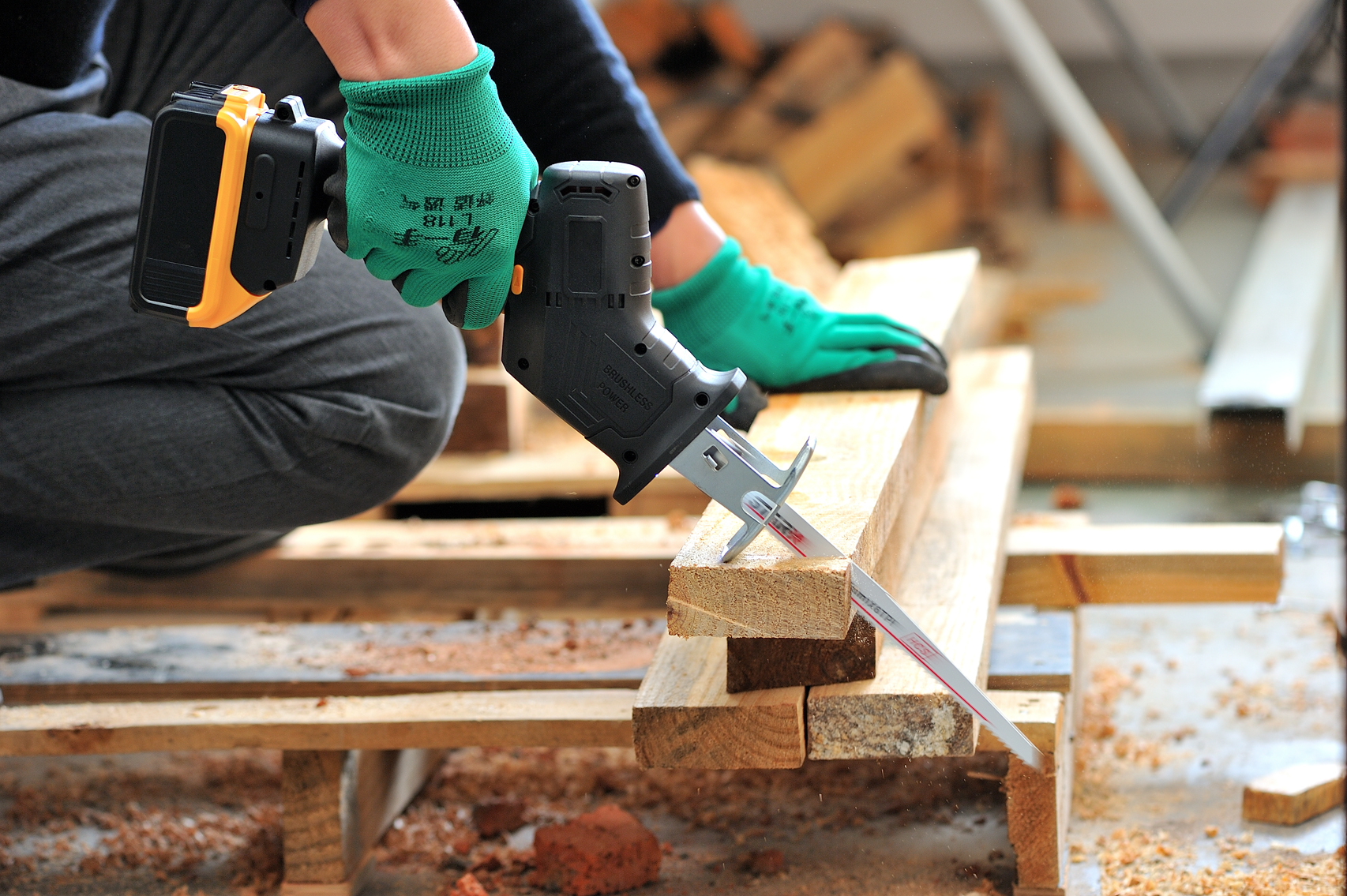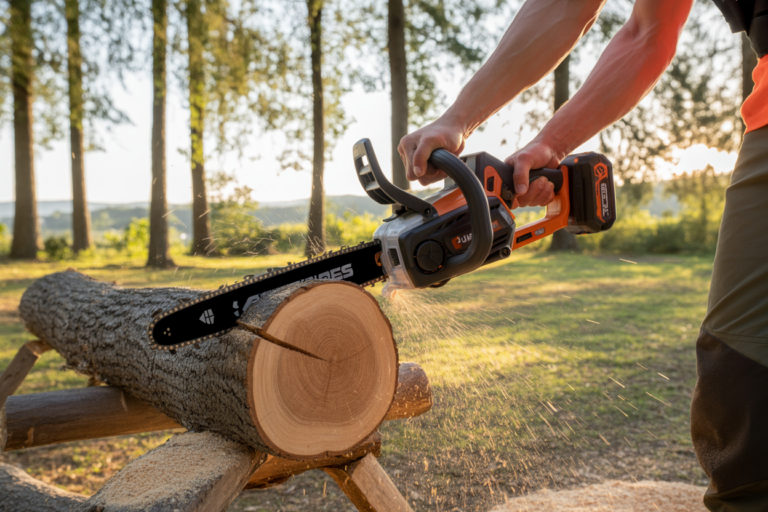
Cordless reciprocating saws have revolutionized the way we tackle demanding commercial projects. Their portability, versatility, and power make them indispensable tools for construction and industrial tasks. But what makes them so valuable? Let’s dive into why this tool is essential for your next project.
A cordless reciprocating saw is a versatile cutting tool used in construction for tasks like demolition, trimming, and metal cutting. Its cordless design enhances mobility, making it ideal for sites without easy access to power outlets.
Whether you’re managing a tight schedule or working in a remote location, the cordless reciprocating saw delivers both convenience and performance.
What is a reciprocating saw used for in construction?
A reciprocating saw, often called a "recip saw," is a go-to tool for construction professionals. Its back-and-forth blade motion is perfect for quick cuts through wood, metal, and plastic.
In construction, reciprocating saws are used for demolition, cutting pipes, trimming wood, and even shaping metal. Their flexibility makes them a staple for renovation and new-build projects alike.
When I first tried using a reciprocating saw1 on a demolition job, I was amazed at how quickly it tore through old wooden beams and rusty pipes. Unlike traditional tools, it required less effort, saving both time and energy. Whether you’re removing old materials or fitting new ones, this saw adapts seamlessly to your needs.
- Demolition: Cutting through walls, wood, and nails.
- Metalwork: Trimming pipes, bolts, and sheets.
- Landscaping: Removing overgrown branches.
Its versatility truly shines in diverse construction tasks. Find top models here.
What is the best reciprocating saw for the money?
Choosing the right tool can feel overwhelming. You want something reliable yet budget-friendly.
The best reciprocating saw combines power, durability, and affordability. Top picks often include models from DEWALT, Milwaukee, and YOUWE’s cordless series. Look for adjustable speeds, ergonomic designs, and long-lasting batteries.
When I compared different models, I found that mid-range options often deliver similar performance to high-end tools at a fraction of the cost. See comparisons here].
Features to consider:
| Feature | Why It Matters |
|---|---|
| Battery life | Ensures longer work time |
| Adjustable speed | Provides control for different jobs |
| Lightweight | Reduces fatigue during long tasks |
What jobs are done with reciprocating saws?
Reciprocating saws handle everything from heavy-duty demolition to fine-tuned cutting tasks.
Jobs include cutting drywall, dismantling wood frames, pruning thick branches, and trimming PVC pipes. Their all-in-one capability makes them a versatile asset in construction and beyond.
On one occasion, I used a cordless reciprocating saw to clear out an old garden shed, cutting through metal sheets, wooden supports, and even stubborn tree roots. It handled every challenge without skipping a beat.
- Residential Projects: Renovations, plumbing, and landscaping.
- Industrial Use: Large-scale demolition and installations.
- DIY Tasks: Custom furniture and creative builds.
Which saw is the most commonly used saw on a construction site?
With so many options available, what’s the most popular choice?
Reciprocating saws are among the most commonly used saws on construction sites due to their adaptability. Circular saws are also widely favored for precise straight cuts.
Each tool has its strengths. While reciprocating saws excel at versatility, circular saws shine in precision. The decision often comes down to the task at hand.
What is better, a reciprocating saw or a circular saw?
This is a classic debate among professionals.
Reciprocating saws are better for demolition and irregular cuts, while circular saws excel in making straight, precise cuts in wood and metal. Each tool has unique advantages, depending on the job’s requirements.
I often recommend starting with a reciprocating saw for general tasks and adding a circular saw for fine carpentry work. Having both in your toolkit ensures you’re prepared for any challenge. Explore more here.
Conclusion
Cordless reciprocating saws are game-changers in commercial projects. Their unmatched flexibility and power make them a must-have for construction professionals. Whether you’re demolishing, cutting, or trimming, this tool delivers efficiency and reliability.
-
Understanding how a reciprocating saw functions and its advantages helps readers make informed decisions about using the tool for tasks like cutting wood, metal, and other materials. ↩






